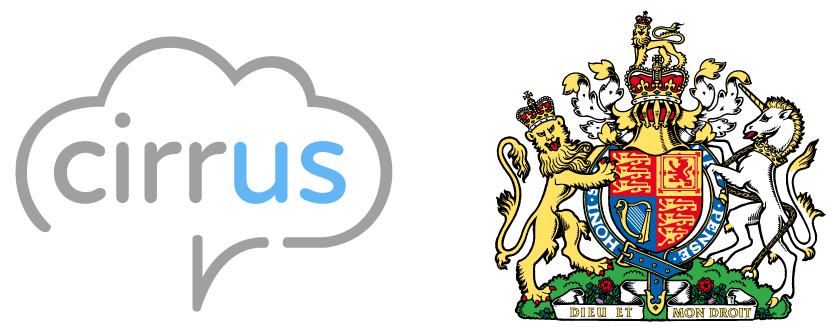Since the global pandemic, how we work has changed, and the contact centre industry has been in the middle of this significant shift. Nowadays, many of us work from different places—some from the office, some from home, and others from anywhere between. This mix of workplaces is often called a “hybrid” work model. For businesses that rely on teams to talk to customers, like contact centres, figuring out how to keep everyone working together smoothly is vital. When everyone communicates well and works together as a team, customers are happy, and the business does well. In fact, a study by McKinsey & Company revealed that call centre agents working in a hybrid work environment had a 25% higher customer satisfaction rate.
Other notable stats to support this include:
- Deloitte’s research reveals that 80% of contact centre leaders believe adopting hybrid work arrangements could boost employee happiness and retention rates.
- According to a study by PwC, 72% of organisations are moving towards making remote work a lasting choice for their workforce, indicating a shift towards widespread acceptance of hybrid work environments.
- Findings from Call Center Helper Magazine indicate that 64% of call centre professionals believe the hybrid work model has a positive effect on employee performance.
- Forbes research shows that a significant majority (86%) of call centre agents view the ability to work from home as a substantial advantage.
With the above in mind, it’s clear that when implemented effectively, hybrid contact centres make for happier agents and leaders, leading to happier customers.
The Unique Challenges of Hybrid Contact Centres
Switching to a hybrid work model can be challenging, especially for contact centres. Imagine trying to keep up the same level of service for customers when your team is spread out all over the place. It’s like trying to conduct an orchestra when some of the musicians are in another room—you need to work alot harder to ensure everyone’s in sync.
One big worry is ensuring customer service doesn’t slip because some team members are not in the office. Everyone needs the same information and support, whether working from their living room or the call centre.
Keeping customer information safe is another big deal. With more people working from different places, it’s like having more doors to your house—you must ensure they’re all locked.
Then there’s the challenge of keeping everyone feeling like they’re part of a team. Feeling connected and motivated is tougher when you’re not sharing the same space with your colleagues.
These challenges are real, but they’re not impossible to overcome.
Essential Communication Tools for Hybrid Contact Centers
So, how do contact centres keep everyone working together no matter where they are? A lot of it comes down to the tools they use. Cloud-based systems are a game-changer for contact centres. They let your team help customers over the phone, email, or chat; everyone can see the same customer information, no matter where they are.
Then there’s software that helps you get to know your customers better. When someone calls or messages, your team knows who they are and what they might need help with. It’s like having a cheat sheet for every customer.
Finally, tools like Microsoft Teams let your team talk to each other, through messaging apps and video call software.
Getting all these tools to work well for your team might take trial and error. It’s important to keep checking in with everyone to see what’s working and what could be improved. By tackling these challenges head-on and picking the right tools for the job, hybrid contact centres can keep their teams in tune and their customers happy.
Effective Communication Strategies in Hybrid Settings
When your team is split between the office and other locations, talking to each other clearly and regularly becomes super important. Regular updates and shift handovers must ensure everyone knows what’s been happening, what needs to happen next, and any problems that need fixing to help keep everyone on the same page.
Using clear guidelines for how and when to communicate is another key strategy. It’s like having a playbook for your team so everyone knows the best way to share information, ask for help, or update the team on their progress.
Finally, having all your important information in one place that everyone can access, no matter where they are, is crucial.
Building Collaboration Across Distances
Creating a sense of teamwork when everyone’s spread out can be challenging, but it’s definitely possible with a bit of creativity and the right tools.
Virtual huddles and team meetings are your chance to bring everyone together, sort of like gathering in the living room instead of chatting from different rooms. It’s a time for everyone to share updates, solve problems together, and just see each other’s faces.
Using shared dashboards where everyone can see the same goals and updates is like having a scoreboard at a sports game. It keeps everyone aiming for the same targets and celebrating the wins together.
Creating spaces for casual chats and hangouts, even if they’re virtual, can help fill the gap left by not being able to chat by the water cooler or coffee machine. It’s about making room for those little conversations and jokes that happen naturally when people are together, which helps everyone feel like part of a team.
Hybrid Meeting Best Practices for Contact Centres
Meetings in a hybrid setup need more planning to ensure they’re just as effective as when everyone’s in the same room.
Ensuring inclusive meetings means finding ways to ensure that people who are not in the room have just as much opportunity to contribute as those who are. It’s like ensuring everyone at the dinner table can reach the salt, not just the people closest to it.
And finally, balancing real-time talks with messages or updates that don’t need immediate responses can help manage different schedules and time zones. It’s about choosing the right time for a live chat and knowing when a well-placed note will do the job just as well, ensuring no one has to stay up late or get up at the crack of dawn just to catch up.
Hybrid Transition Success Story
The Greater London Authority (GLA) successfully transitioned to a hybrid contact centre model in collaboration with Cirrus and Gamma, addressing the challenges of outdated systems and the need for flexibility due to their move to the Royal Docks. Cirrus and Gamma implemented a cloud-based system within two months, integrating Cirrus’ Contact Centre for Microsoft Teams to ensure minimal disruption. This transition led to significant cost savings, operational efficiencies, and a 66% reduction in call volumes through an Interactive Voice Response (IVR) system, improving service access for London’s residents. This partnership demonstrates the effective use of strategic foresight and technology in modernising public services, serving as an inspiration and potential blueprint for similar transformations.
Conclusion
Organisations can overcome the challenges of hybrid work environments by embracing technology and fostering a culture of adaptability and continuous learning. Changing how we work has proven to enhance operational efficiency and cost-effectiveness and significantly improve customer service delivery.
The shift to hybrid models is not just a trend but a sustainable way forward for contact centres. Success lies in choosing the right technologies, developing a culture of open communication, and continuously seeking ways to improve.




